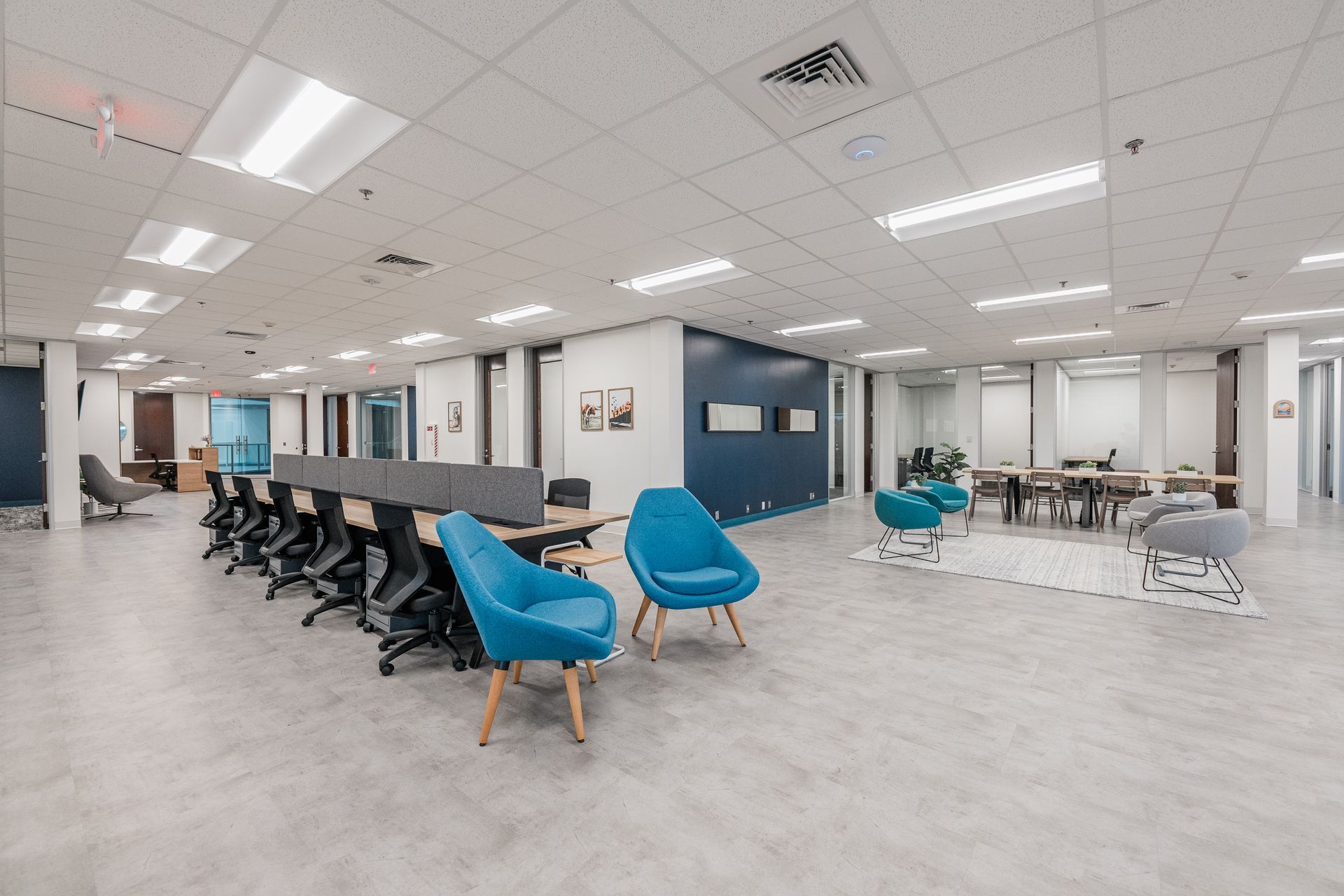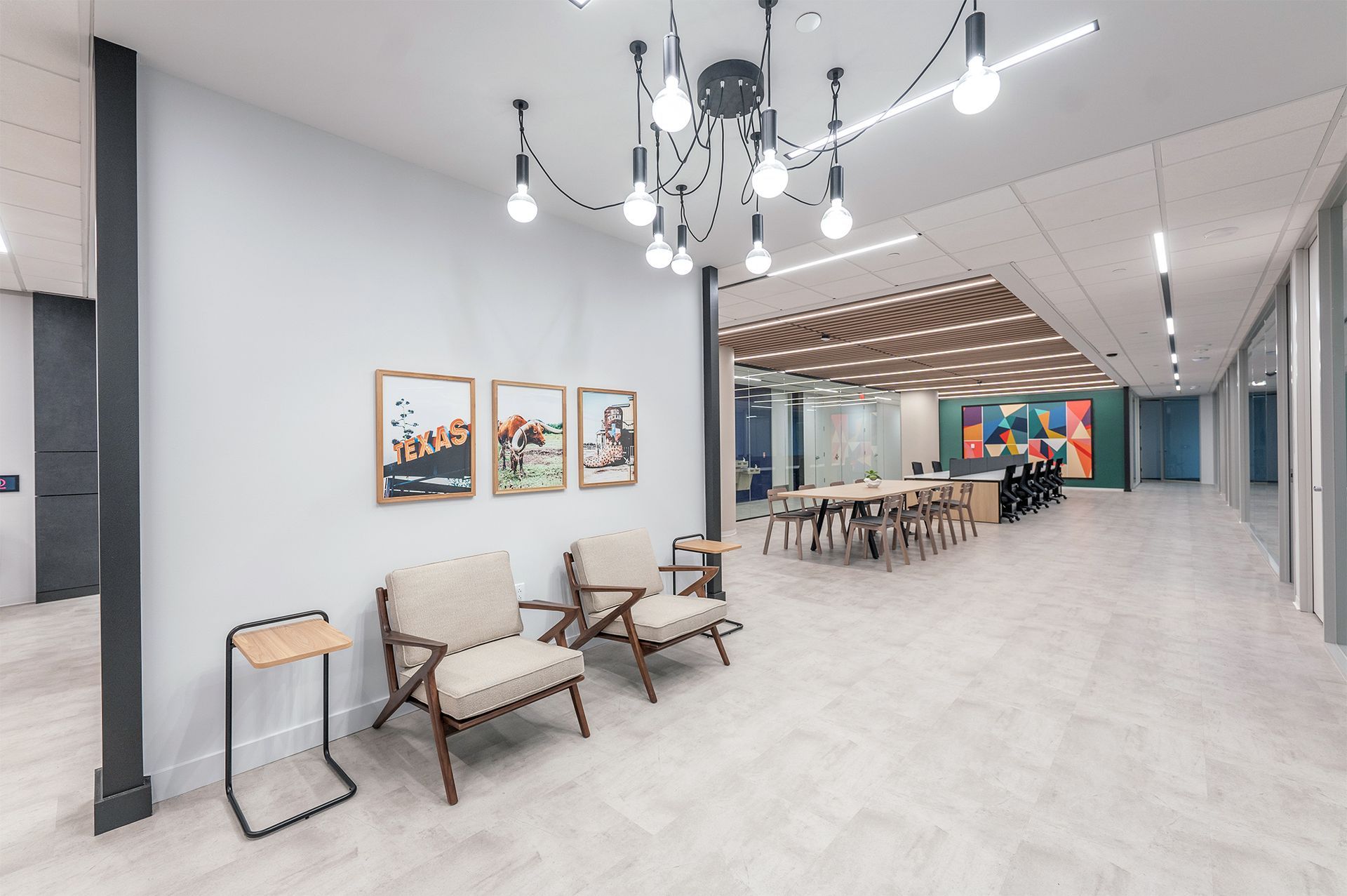How to Make Workforce Operations Planning More Flexible/Resilient
info • January 2, 2022
Insperity Presents - How to Make Workforce Operations Planning More Flexible/Resilient
Most of our organizations were disrupted by COVID-19. Consequently, many businesses developed pandemic-era operational practices necessary to keep serving customers and supporting employees.
Now, with new disease variants rising, forward-thinking business leaders are starting to recognize that having a flexible strategy may be a long-term part of a company’s overall workforce operations planning.
Indeed, flexibility may be vital to your company’s resilience and long-term success, whether you’re facing a global pandemic, wildfires or a hurricane. By reflecting forward and planning ahead, your company may be more nimble and perhaps more likely to persevere through hardships.
Are your workforce operations ready for future disruptive situations? How will you adapt your mindset and strategies so that you can manage employee-related functions in a way that maintains your organization’s productivity, continuity and culture?
From business needs to employee expectations, below are a few things to consider regarding a flexible workforce strategy. And note that while we’re using the current pandemic as an example of a disruption with which we are all too familiar, the underlying principles apply to almost any major adverse situation.
Keep a change management mindset
Central to your planning must be a commitment to acknowledging reality, particularly when it may have changed dramatically due to an outside force.
For example, even if your post-pandemic workforce management plan involves getting back to many of your old ways of operating, you can’t simply flip a switch and return to the way you did business in early 2020.
Remember that over the last year and a half, your employees may have experienced:
- Sudden (and perhaps sweeping) pandemic-era changes
- Increasing comfort with nontypical ways of operating
- Multiple change cycles as you’ve had to adjust your plans
We must all realize that moving beyond the pandemic may involve yet another round of workplace change. To move forward successfully, we must acknowledge this reality, being mindful of change fatigue and thoughtful about our approach.
Establish your guideposts
As a business leader or executive, you’ve likely learned that it can be a challenge to decide how to move your organization through a crisis in a way that:
- Stays true to your culture
- Ensures continued growth
- Shows employees their importance
At the same time, staying aligned with your mission, vision and values can help you keep a steady, firm grip on your workforce operations. Ideally, your organizational foundations should serve as guideposts as you assess alignment of new workplace practices and build a successful operations plan.
3 essential planning steps
Every organization is different, but here are some key considerations to help drive your workforce planning process.
1. Evaluate your business needs
Whatever the climate in which your company operates, you should consistently be able to connect your operational choices to your business strategy and needs.
- When confronting a crisis, take time with your leadership team to articulate:
- How has our business changed?
- Have our customer’s needs or expectations changed?
- How can we anticipate and prepare for a future crisis?
This last point is critical. Yes, for example, the current pandemic is top of mind – and, because of the new variants, likely will be for some time. So, resist the temptation to become mired in the present and lose sight of the future. Instead, acknowledge reality and opt to cultivate a resilient mindset.
2. Assess your operational possibilities
Again, as an example, the current pandemic likely unveiled an expanded range of your team’s operational capabilities. Some or all of your employees may have been able to swing from 100% in-person work to 100% remote.
However, what’s been possible for your team isn’t necessarily what’s optimal for the future. Your team’s ability to pivot so quickly and successfully to working from home may have been due to relationships that were already established in the office.
Going forward from a crisis, it’s important to strike a balance in contemplating past, present and future needs. Carefully and continuously consider how to optimize your workforce operations as the situation unfolds.
For instance, here are some key considerations regarding where employees work:
- What are the short- and long-term pros and cons of onsite vs. remote vs. hybrid work for our key stakeholders (customers, employees and leaders)?
- Will our choices be in compliance with local, state and federal mandates?
- What practices will help us continue to create a safe workplace?
3. Consider the management aspects
Your managers will be responsible for leading employees through changes and carrying out your updated workforce operations plan.
Don’t fail to consider how your leaders will continue to:
- Manage employee needs and expectations
- Optimize performance
- Maintain connectedness
Documenting your workforce operations planning
Once you have regained clarity on broad business drivers and needs, it’s time to focus on department and job-level responsibilities.
For all roles and decisions, continue to make strong connections between those drivers and the needs of your clients and prospects, aiming for a consistent approach.
It may be helpful to develop team charters (e.g., documents that define a team’s overall objectives, tasks, resources, culture drivers and constraints). These can help explain why requirements may vary for different groups within your organization based on business needs.
In the case of the current pandemic, for instance, here are some specific items to drill down on and address in your post-COVID workforce plan and business continuity plan.
Contingency planning
- Review and update your business continuity plan as needed.
- Review your supply chain as well as vendor agreements and performance.
- Confirm that vendors, suppliers and partners have business continuity plans.
Safety
- Review COVID-specific safety practices against OSHA and CDC guidelines.
- Identify a member of leadership to sponsor COVID-based safety initiatives and work in partnership with stakeholders to communicate, train and adhere to safe practices.
Benefits compliance
- Ensure compliance with new and emerging local, state and federal COVID-19-based mandates (e.g., leave and sick entitlements, time off for vaccinations).
Workforce management
- Train a manager to address requests for accommodations to working conditions (e.g., schedule, worksite location, job duties).
- Update your remote work policy.
- Provide return-to-work guidelines on vaccination expectations, COVID-19 reporting, safety practices related to COVID-19 and hosting visitors.
- Create travel guidelines defining essential vs. nonessential travel.
- Create flexible work guidelines, covering work hours, locations and work-sharing.
- Identify key positions and create a contingency plan to cover them during absence or if there is a location-specific COVID-19 resurgence and shutdown.
- Review job descriptions to ensure essential functions are current.
- Document justifications for physical return to work as a guide to manage requests for flexible work arrangements.
- Review compensation to assess market competitiveness and internal equity.
Wellness initiatives
- Inform employees about your employee assistance program (EAP) if applicable and any available wellbeing resources.
Communicating a way forward
How you speak to your employees about any new workforce plans is a huge part of moving forward after any significant change to your routine operations.
Engage in two-way communication with your team throughout the process. Give them opportunities to share their thoughts either through surveys or conversations that intentionally invite their feedback.
Also, don’t fear overcommunication. For example, provide straightforward expectations for what it should look like when your employees are working in the office and when they’re working offsite, explaining how meetings and office hours will be handled in both contexts.
Remind employees that your approach will evolve as needed, and ask them to join you in staying flexible as you try some new strategies.
Summing it all up
Whether it’s a global pandemic or another unforeseen disaster, your company can prepare for the unexpected by integrating a flexible workforce strategy into your overall operations planning. Indeed, with foresight, good communication and a resilient mindset, your business may be more likely to weather successfully whatever the future holds.











